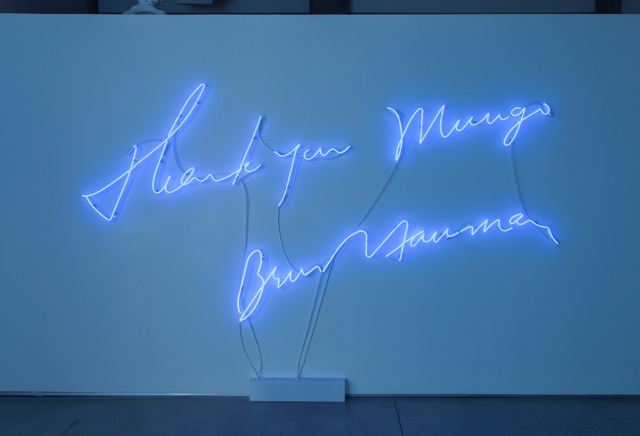The Nightwatch
2004 - Film & Video (Film & Video)
17 min
Francis Alÿs
The Nightwatch , which is an ironic reference to the celebrated painting by Rembrandt, follows the course of a fox wandering among the celebrated collections of the National Portrait Gallery in London. The path of the fox, from galleries containing 16th, 17th and 18th century portraits of historic figures from British history hung on plush walls, is circuitous and seemingly random. The fox tracks back and forth, sometimes inspecting the gallery furniture, often walking through the middle of the room but sometimes around its perimeter until eventually it climbs on top of a showcase, covered in fabric where he settles down to sleep. The actions of the fox are observed from the close-circuit television cameras which form part of the museum’s security system. Foxes are now commonly found in London roaming the suburban streets at night-time. They are in a sense flaneurs sauvages. The insertion of a fox in such an august institution is at once bizarre and yet in some sense perfectly normal. There is a constant tension in the film: will the fox do some damage, what attracts him to particualr places that he returns to; how does he decide where he will settle. The fox acculturises to the gallery in the same way he has become acclimatised to the city. The fox is an outsider, an interloper banned from the city that has re-inserted itself. Alys draws a parallel between the fox and himself. ‘No matter how long I have been away, I have one foot in a European culture, and one foot out… A lot of my work has played on the double status’. The theme of surveillance is multi-layered. On the one hand the fox is staking out the gallery; the portraits on the wall appear to be watching him; the security cameras are monitoring both the paintings and the fox and finally, we the viewer are observing the whole action.
Trained as an architect, Alÿs turned to a visual arts based practice in the early 1990s as a more immediate, direct, and effective way of exploring issues related to urbanization, to the ordering and signification of urban space and to the semiotics of its use. His work initiates with a simple action, either by him or others, which is then documented in a range of media. Alÿs explores subjects such as modernizing programs in Latin America and border zones in areas of conflict, often asking about the relevance of poetic acts in politicized situations. Documentation is central to his practice as well as painting, drawing, and video. In his work, When Faith Moves Mountains (2002) made in collaboration with Mexican critic Cuauhtemoc Medina, Alÿs recruited 500 volunteers outside of Lima, Peru. Each person moved a shovel full of sand one step at a time form one side of a dune to the other, and together they moved the entire geographical location of the dune by a few inches. Critic Jean Fisher linked Alÿs’ work to the radical event of precipitating a crisis of meaning, where the exposure of a void of meaning is confronted by its social situation, leading up to some kind of truth. Francis Alÿs was born in Belgium in 1959. He lives and works in Mexico City.
Colors:
Related works featuring themes of: » Belgium, » Color Photography, » Contemporary Conceptualism, » Contemporary Participation, » Conceptual Art, » Belgian

© » KADIST
Félix González-Torres
1992Behind the simplicity and beauty of this untitled photograph of a brilliantly-colored flowerbed by Félix González-Torres are two remarkable stories of love, loss, and resilience...
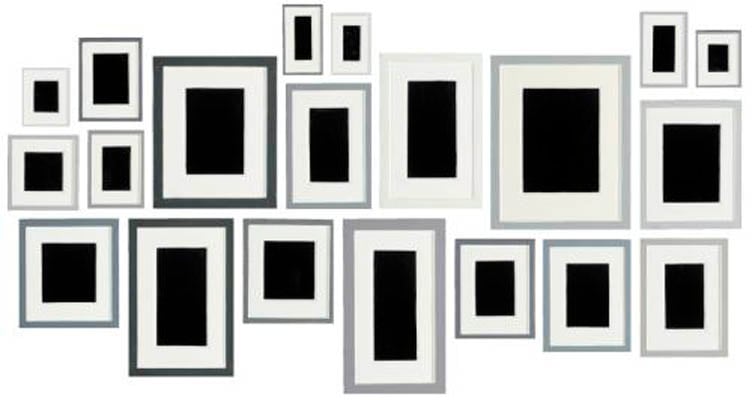
© » KADIST
Allan McCollum
1982In the work titled The Glossies (1980), an affinity for photography manifested itself before McCollum actually began to use photography as a medium...

© » KADIST
Douglas Gordon
2004Douglas Gordon’s single-channel video The Left Hand Can’t See That The Right Hand is Blind, captures an unfolding scene between two hands in leather gloves—at first seemingly comfortable to be entwined, and later, engaged in a struggle...

© » KADIST
Tino Sehgal
2004Tino Sehgal’s This Exhibition requires an interpreter (in this particular piece, a gallery attendant) to faux faint each and every time a visitor enters into a given space...

© » KADIST
Julieta Aranda
2016The video Swimming in rivers of Glue is composed of various images of nature, exploring the themes of exploration of space and its colonization...
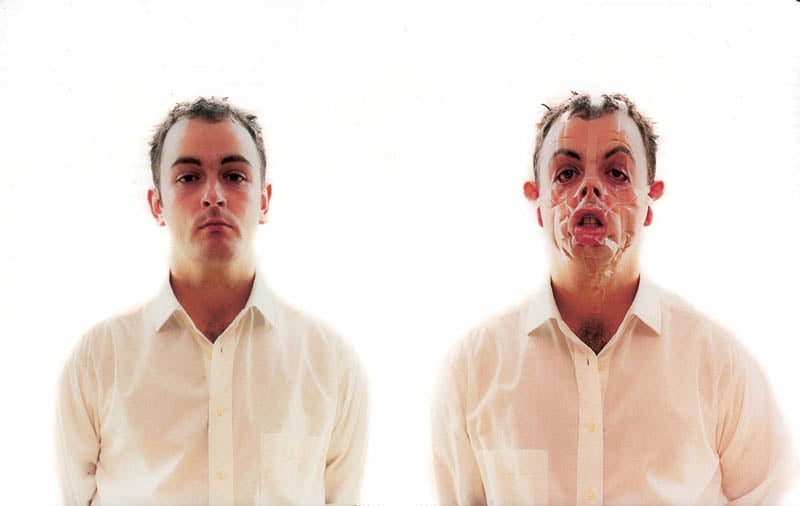
© » KADIST
Douglas Gordon
1996In Monster (1996-97), the artist’s face becomes grotesque through the application of strips of transparent adhesive tape, typical of Gordon’s performance-based films that often depict his own body in action...

© » KADIST
Douglas Gordon
2002Blind Spencer is part of the series “Blind Stars” including hundreds of works in which the artist cut out the eyes of Hollywood stars, in a symbolically violent manner...

© » KADIST
Mungo Thomson
2010In Thomson’s Untitled (TIME) , every front cover of TIME magazine is sequentially projected to scale at thirty frames per second...
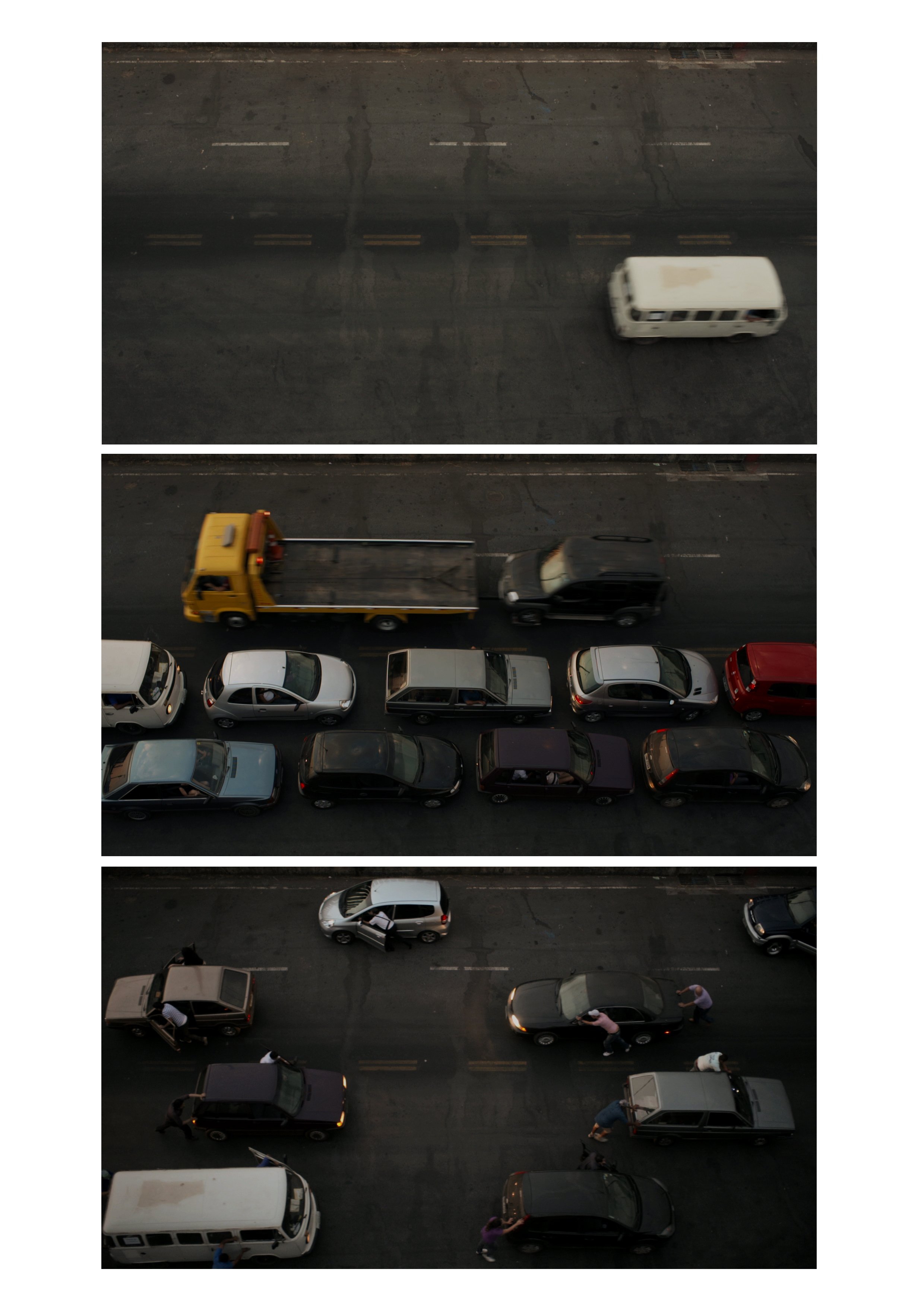
© » KADIST
Cinthia Marcelle
2012Cinthia Marcelle’s video work Automóvel (2012) re-edits the mundane rhythms of automotive traffic into a highly compelling and seemingly choreographed meditation on sequence, motion, and time...
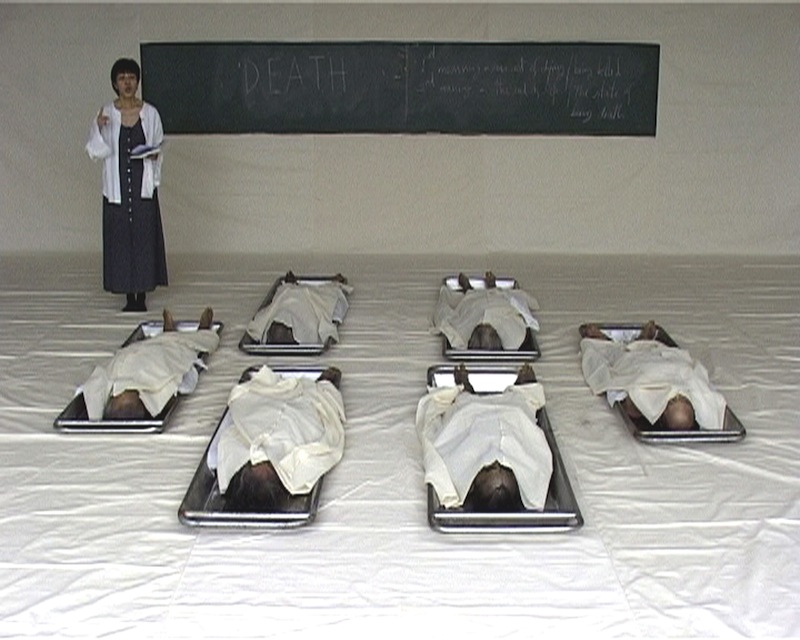
© » KADIST
Araya Rasdjarmrearnsook
2005The Class (2005) by Araya Rasdjarmrearnsook challenges the viewer’s personal sense of morality and tolerance by depicting a classroom from hell...

© » KADIST
Jennifer Bornstein
1994Collectors’ Favorites is an episode of local cable program from the mid-1990s in which ordinary people were invited to present their personal collections—a concept that in many ways anticipates current reality TV shows and internet videos...
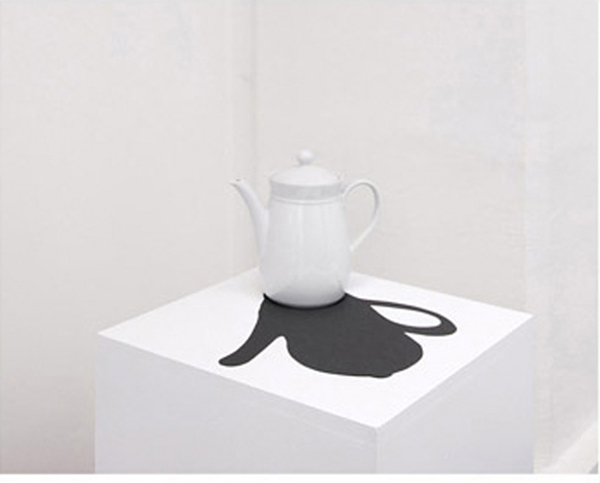
© » KADIST
Hans-Peter Feldmann
The types of objects Feldmann is interested in collecting into serial photographic grids or artist’s books are often also found in three dimensional installations...

© » KADIST
Heman Chong
2009With a habit of reading eight to ten books at the same time, Chong paints his two-foot tall novel covers through referencing an extensive reading list (accessible on Facebook) he has kept since 2006...

© » KADIST
Vincent Leong
2012The photograph Exquisite Eco Living is part of a larger series titled Executive Properties in which he digitally manipulated the images to insert iconic buildings of Kuala Lumpur in the view of derelict spaces also found in the city...

© » KADIST
Qing Zhang
2006603 Football Field presents a soccer game played inside a small student apartment in Shanghai...

© » KADIST
John Baldessari
1991The voids in Baldessari’s painted photographs are simultaneously positive and negative spaces, both additive and subtractive...



